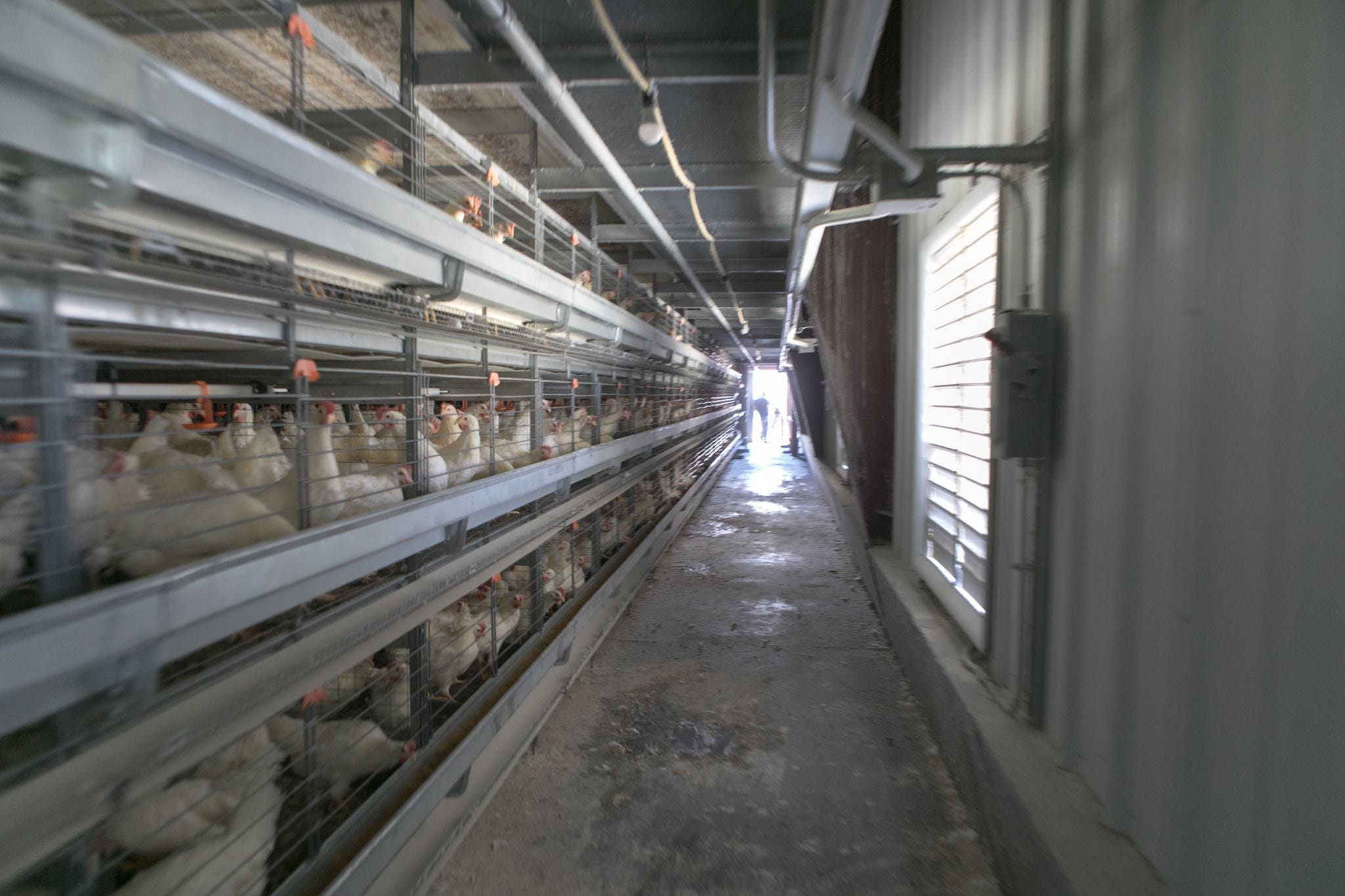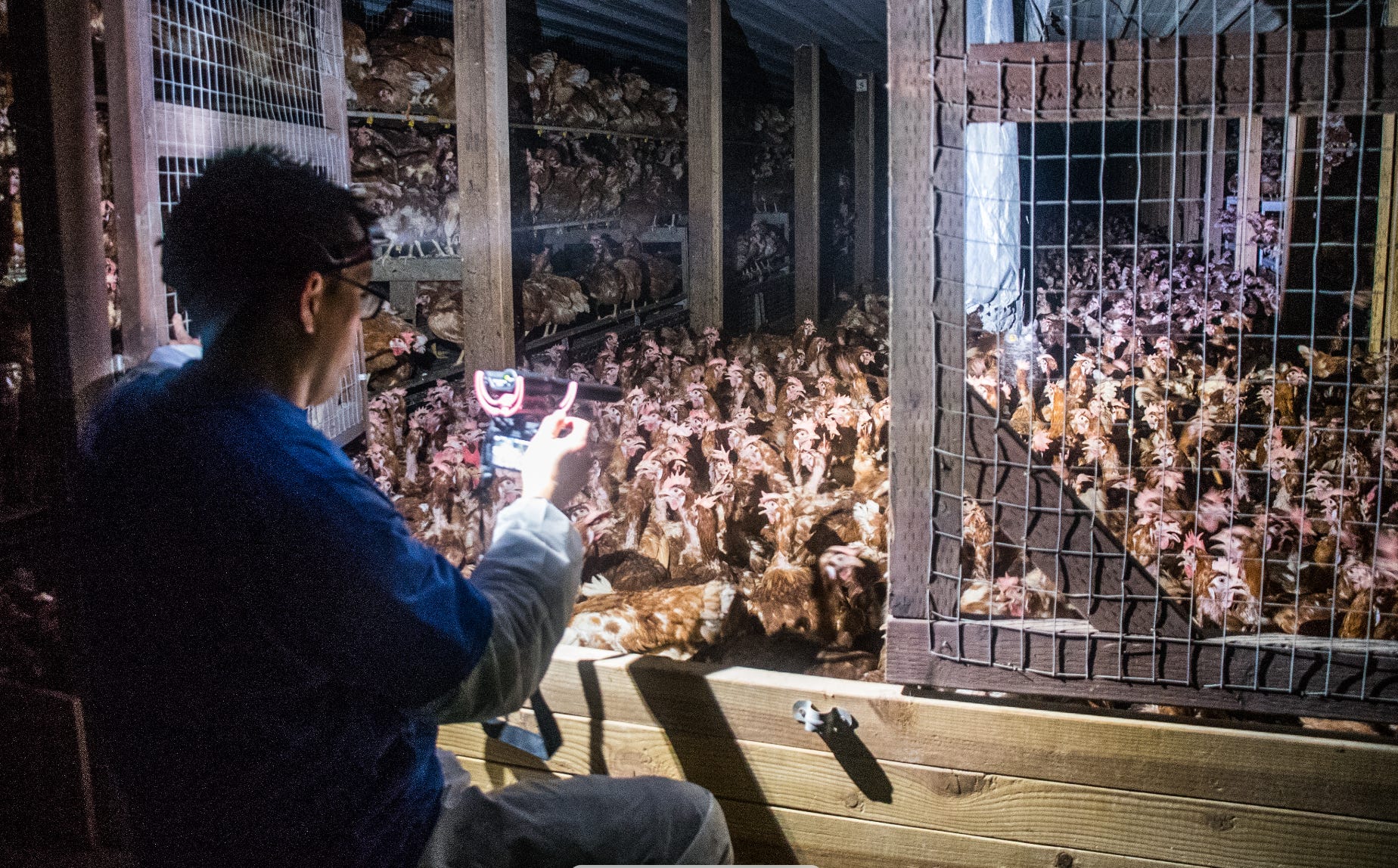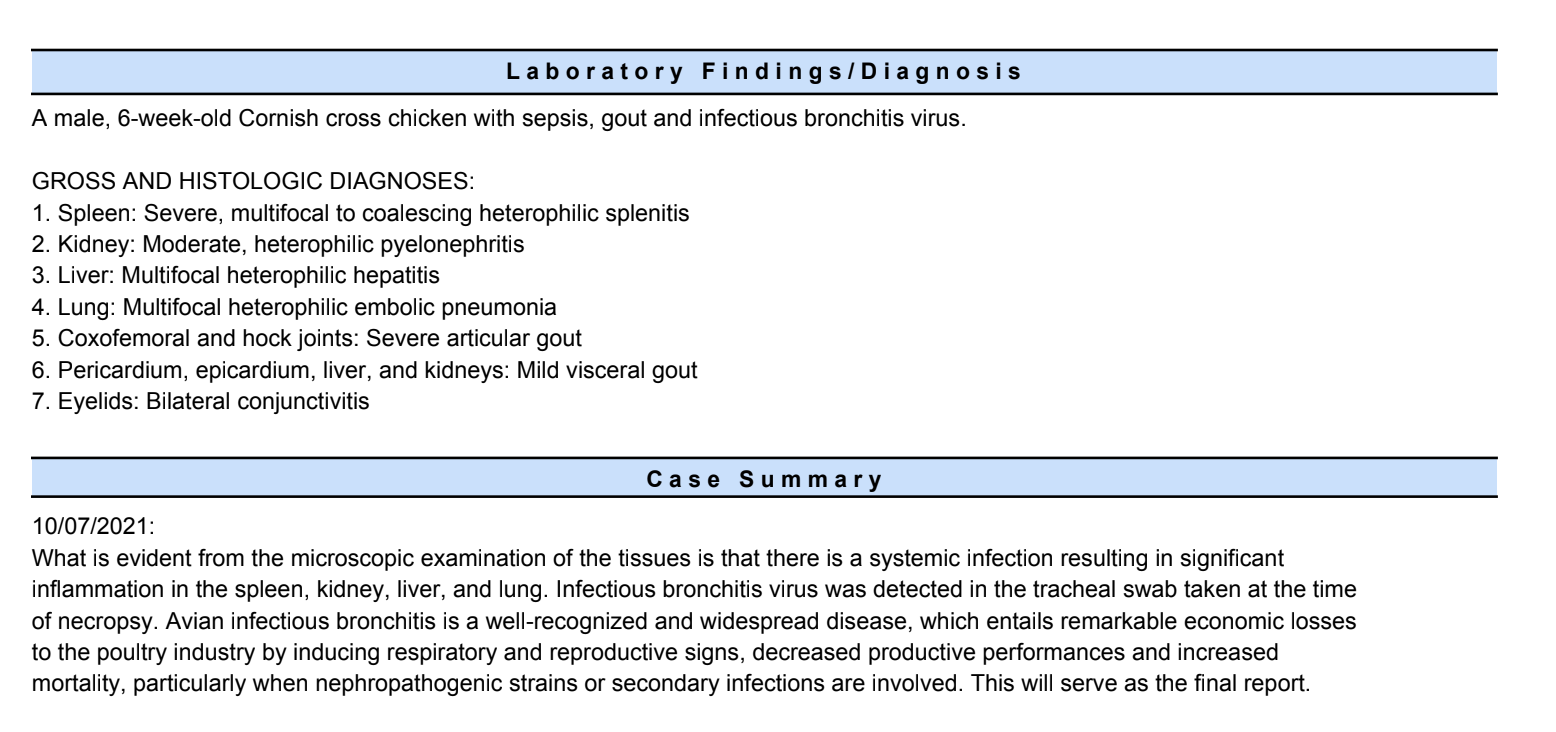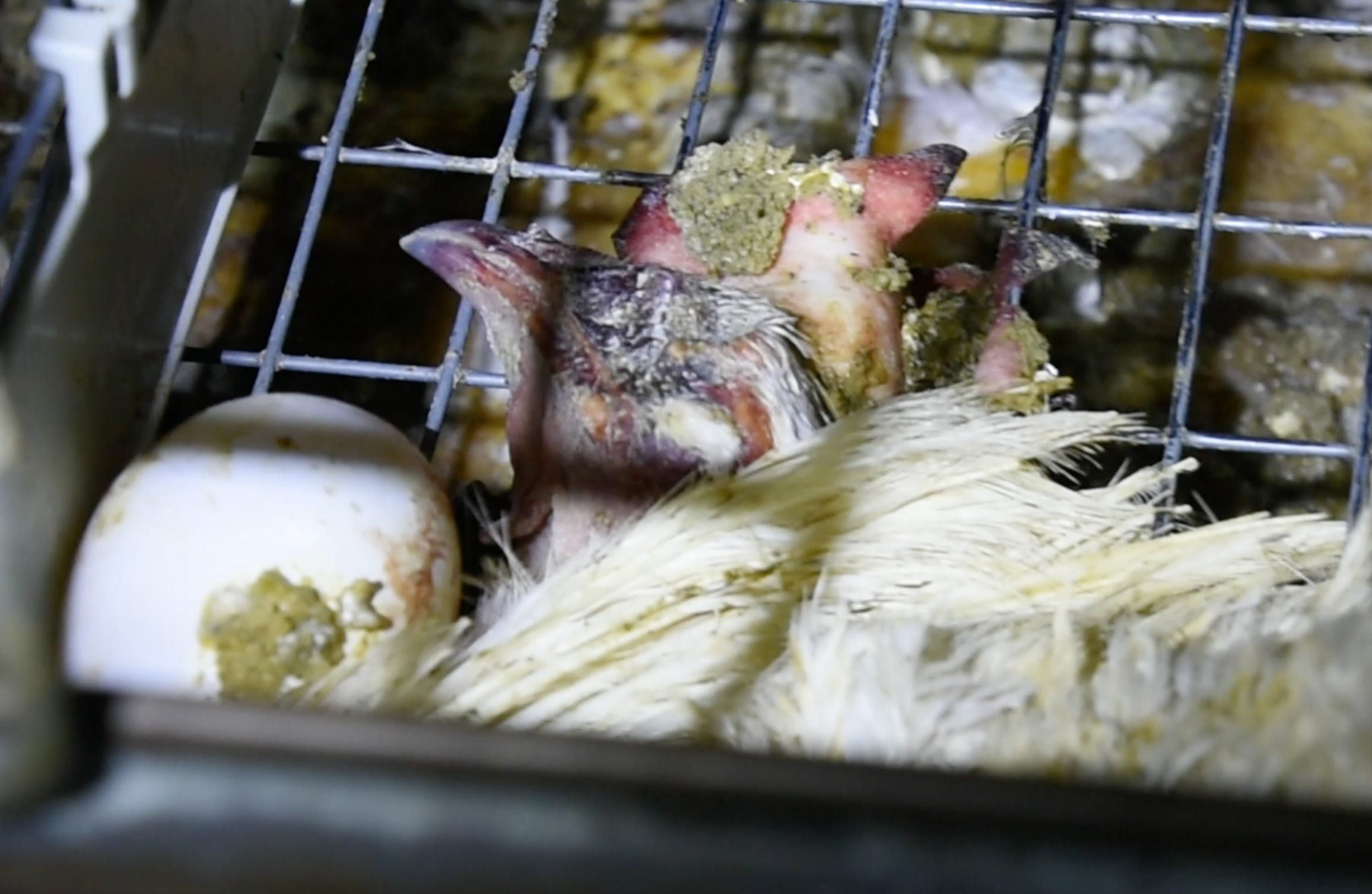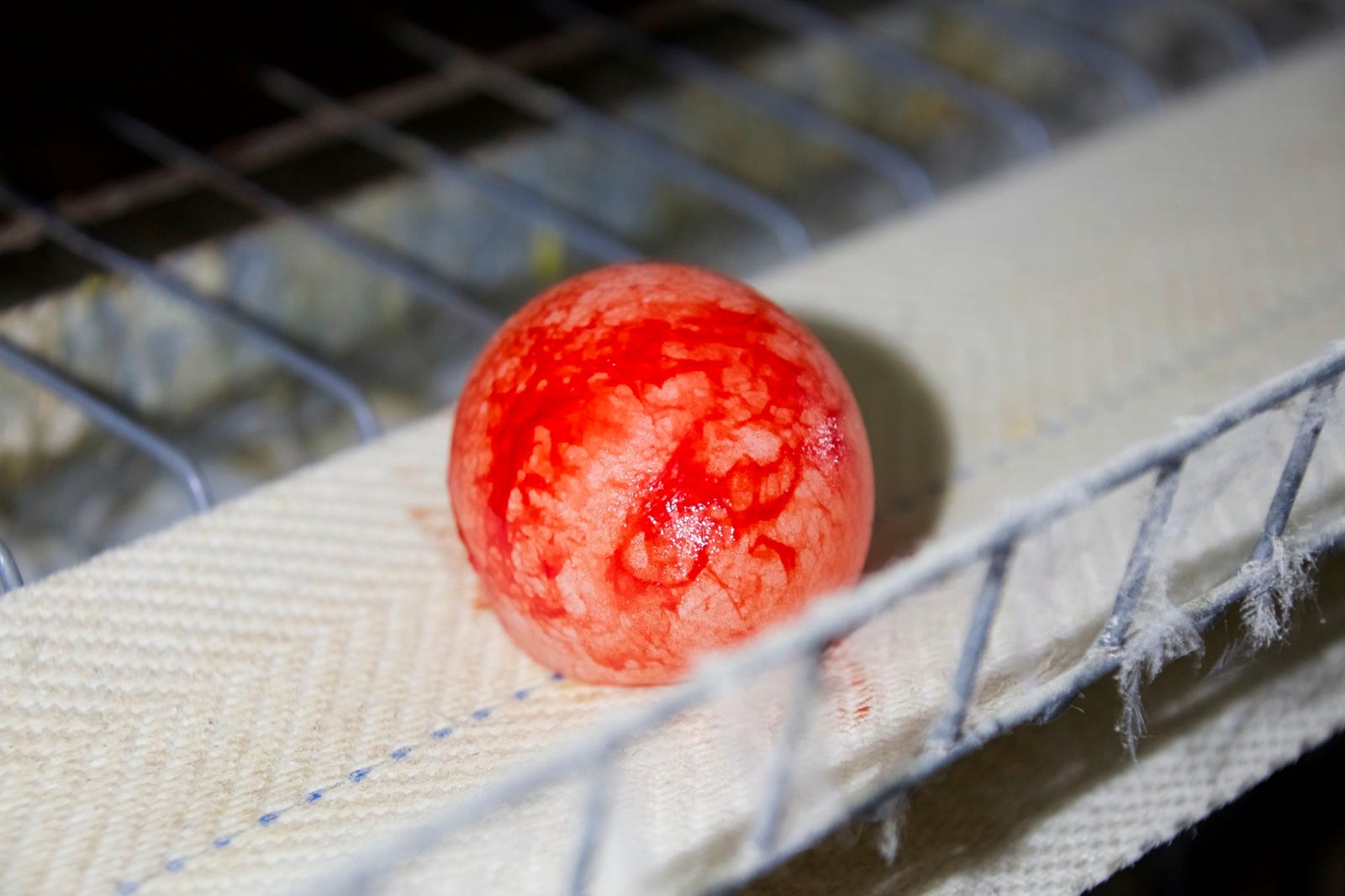|
Factory Farming is a Petri Dish for the World's Most Dangerous Bioweapon
Diseases such as H5N1 meet the literal definition of a bioweapon – and are being spread from factory farms. Yet the government targets whistleblowers rather than industry abuses.
What’s up this week
Pathogens such as H5N1, which kills 56% of infected human beings, are brewing in factory farms — and the industry knows this and yet still continues to spread these organisms. This meets the WHO’s definition of a bioweapon. Yet the authorities are targeting whistleblowers that expose these dangers – such as the defendants in the upcoming Sonoma Rescue Trial – rather than the corporations endangering us all. I explain the story, and its importance to the upcoming trial, below.
Florida ocean temperatures have reached “downright shocking” levels, which could kill off coral reefs and extinguish entire ecosystems. Ocean temperatures and the resulting deoxygenation are perhaps the greatest threat to life on earth. And they show how, in many ways, animal rights only begins with our diets. The fight for a safer world for all living beings is a fight that goes to the very heart of who we are as a community, nation, and species.
The tale of a sea otter fond of stealing surfboards is a metaphor for a corrupted relationship with animals. The otter, named 841, was held in captivity before being released in the wild. Now, after developing a fascination with surfboards, she faces capture and perhaps even death. Perhaps if we gave her a name, we would have more empathy, understanding, or even curiosity and joy as to why she has learned to surf.
Two important open rescue events are coming up in the next month. First, on July 30, the Simple Heart Initiative is holding our monthly Open Rescue Advocates meeting to prepare the movement’s supporters for the Sonoma Rescue Trial. Our special guest will be Adam Durand, the first person in American history to serve jail time for open rescue; he will be offering lessons as to what he learned from that experience. Second, from August 12-13, we are, in conjunction with DxE, holding our first Open Rescue Leadership Summit. Among other things, the summit will include a panel of lawyers and defendants in the upcoming Sonoma trial, workshops that will help you harness the events of the trial to change the people around you, and a new (Mass) Open Rescue Experience that will simulate the experience of being part of a mass open rescue. Hope to see you at one or both events!
The Sickness Unto Death
The prosecution of animal rights activists in Sonoma County, which goes to trial on September 8, is rightly seen as a battle over animal rights. Our efforts to expose the criminal animal abuse of the industry – and give aid to ailing animals – have been met by an industry-led effort to crush us. As a member of the Sonoma District Attorney’s office said at an industry-sponsored event: their goal is to “cut the head off the snake.”
However, the battle over animal rights is also a battle over human rights, in an important and often-neglected way. The very conditions that are haunting animals in factory farms – crowding, disease, and death – pose an existential threat against human beings. Indeed, at the very moment Sonoma authorities are pursing criminal charges against me, for exposing the diseased conditions inside factory farms, scientists across the nation are warning about the threat posed by a particularly virulent form of bird flu, H5N1, that has killed a shocking 56% of all humans who have been infected, which is a mortality rate 20x higher than COVID-19. While H5N1 has not yet developed the ability to jump from human to human – for now, it can only go from bird to human – the virus and others like it are spreading across the globe with shocking speed. The culprit, as you might have guessed it, is factory farms. As the New York Times put it:
Until this century, these kinds of viruses [i.e., like H5N1] were virtually unknown among wild birds. The exception was an event in 1961, when 1,300 common terns showed up dead along the coast of South Africa. The cause was a new avian virus of the general sort that — we now know — wild aquatic birds carry endemically and sometimes spill into domestic birds, pigs and humans. For decades after that tern die-off, though, no other influenza so virulent was detected in wild birds. New influenzas did come from wild birds, yes, but in milder form, usually sickening domestic birds little or not at all. Evolving to become more lethal was something that happened, so far as science could see, mainly among farmed poultry.
The former executive director of the Pew Commission on Industrial Animal Farm Production at Johns Hopkins University has called factory farms “super-incubators for viruses.” The crowding, lack of veterinary care, and filthy conditions are the perfect petri dish for breeding pandemic disease. And, importantly, the industry knows and acknowledges this is happening – yet continues to engage in practices that endanger us all.
Take Tyson, one of the largest producers of chicken and other meat products. Back in 2015, Tyson announced it would end the use of antibiotics in chicken, due to disease threats. “Antibiotic-resistant infections are a global health concern,” its CEO said. Yet in just the last few days, Tyson reversed its promise. The reason? Too many animals are dying from the diseased conditions inside their farms, including a devastating and highly infectious condition called coccidiosis. Let’s make this point more clearly: Tyson acknowledged in 2015 that people were dying due to diseases from factory farms, due to their dangerous and unhygienic practices. Now, in 2023, they still admit people are dying from diseases caused by their practices – but they are going to continue doing them anyway.
And Tyson is not the only company engaged in these abuses. Take, for example, the list of diseases we have found in California poultry farms:
Infectious bronchitis virus. A deadly coronavirus that causes massive losses in poultry farms, and that sickened Ethan and Jax in the recent Foster Farms trial. This disease causes airsacculitis, the inflammation of the air sacs of the lungs, and animals sickened will often slowly suffocate to death, as their bodies become oxygen starved.
Enterococcus. This enterprising microorganism has been found in multiple local chicken farms, and causes devastating gastrointestinal maladies and wound infections in human beings. It is particularly devastating in the hospital environment, where people coming in for other treatment often become sickened. One study found death rates as high as 66.7% – and genetic tracing has shown that the infections are coming from chicken farms. Yes, the very chicken farms where we have found widespread disease. Thousands of people die from these infections every year.
Reovirus. An RNA virus that targets the joints and ligaments of birds, this pathogen that most likely caused Rose, the tiny hen we rescued from Petaluma Poultry in 2018, from being able to walk. The virus fills up sensitive joints and organs and leads to mass deaths in both domestic and wild birds, including crows.
And many, many more. This is not what you should find in your food – and would be impossible to find in plant-based foods, which have a different biological composition and therefore attract different microorganisms. (Interestingly, lab-grown meats can cause similar risks, which is one of the reasons scaling the process has been hard; the vats in which the meat is grown must be incredibly bio-secure, which is expensive to maintain.) But it is the pattern we see over and over again, not just in chicken farms, but in the entire factory farming system.
The Bioweapon in your Kitchen
To date, however, even critics of the industry have construed the threat posed by pathogens in factory farms as a product of poor consumer choices or, at worst, inadequate regulatory oversight. It’s treated as something like an aesthetic problem. “If only those factory farms would pick up their litter.” But it is not. The public health risks of factory farms are a deliberate existential threat on the future of humanity, and as such, they are accurately described as a bioweapon.
Let me back this dramatic claim up in two ways. First, let’s look at the definition of a bioweapon by the World Health Organization:
Biological and toxin weapons are either microorganisms like virus, bacteria or fungi, or toxic substances produced by living organisms that are produced and released deliberately to cause disease and death in humans, animals or plants.
Diseases such as H5N1 are clearly “microorganisms… produced by living organisms that… cause disease and death in human.” The only question is whether they are “released deliberately.” And given the evidence above – that the industry knows it is spreading disease and death and that it continues to do it – there is no question to me that the risk of pandemic is being “released deliberately.”
One might come back and argue, “But the industry doesn’t INTEND to kill people. It’s just an unfortunate consequence of their attempts to make money.” But this is also not persuasive. Compare, for example, to conduct we would clearly find to be an act of violent terrorism: bombings.
Suppose a bank robber was trying to rob a bank and knew that the only way to distract attention from the bank was to set off a bomb on the other side of a city. He knew that many people would be injured or killed – but it didn’t matter to him because he wanted the money. No one would argue that, simply because his specific intent was not to kill people, but to rob a bank, he was not guilty of murder.
And the same is true of factory farming, but the scale, potentially, is far higher than a terrorist threatening one neighborhood or city. The risk of pandemic disease threatens the future of the entirety human civilization. This is not hypothetical but historical, moreover. The Black Death, a bacterial infection that spread in the Middle Ages, killed off up to 60% of the European population, a death rate 200 times higher than COVID-19.
But, instead of addressing this civilization-level risk, the authorities have another priority in mind: putting the whistleblowers in prison.
How to Fight a (Real) Bioterrorist
One of the most bizarre interactions I had, in the months before dozens of activists were arrested in Sonoma County in September 2018, was with one of the chief deputies handling agricultural crimes in the county. I showed him the picture above — taken from Sunrise Farms in Sonoma County.
“Good God…” he responded, pushing the image away. “What is this?”
I explained that the egg, one of many bloody eggs I saw in Sunrise Farm on that day, was the result of a hen with a diseased and broken reproductive tract. Straining day after day to push out an egg, in her diminished state, what came out was this.
“What can we do about this?”
It was an ironic question, given that the very person I was speaking to was in charge of stopping agricultural crimes.
Needless to say, the authorities never investigated the public health concerns we raised on that day. Indeed, former high-level regulators at the USDA have conceded they have little power to protect health. Most famously, Pat Basu, the former chief veterinarian of the USDA’s Food Safety Inspection Service, said to the New York Times, “When it comes to power, no one dares to stand up to the pork industry, not even the U.S. government.”
But this is precisely why we need nonviolent direct action. When even the authorities themselves are conceding there is a huge and dangerous problem, and have no idea how to confront it, the only solution is non-institutional efforts at change, i.e., the literal definition of direct action. And, as I have argued, one of the most importance mechanisms through which direct action creates systemic change is by bringing the issue into court.
The courtroom is the place where the most important disputes in our nation have been resolved, for over 200 years.
It is the place where activists have the right to raise their concerns — albeit, subject to fierce attempts to gag us — even if powerful people would prefer that those concerns are ignored.
And it is the place where our citizens, by right and duty, are drawn to engage in serious deliberation, looking at the evidence from an objective point of view.
And, because of all of these attributes, it is a place where incredible social change has already occurred, not just for animals but for other important movements in recent decades.
My hope is that we can show, not just animal advocates, but other citizens in our community, of the importance of the movement of open rescue, through the lens of the public health concerns I’ve discussed above. But at root, this is not just a strategy to protect ourselves, but to protect all living beings. Because when we see the potential consequences of factory-farm-induced pandemics — a literal bioweapon —on our own families, we will see that no living being should be treated like a petri dish for sickness and diseases.
